Dear Fellow Communicators,
This month's outreach newsletter comes a bit later than usual, but we have an excellent excuse: for the first time ever, astronomers have observed both gravitational waves (“sound”) and electromagnetic radiation (light) from the same event. Thanks to a global collaborative effort and the quick reactions of seven of ESO’s telescopes and others around the world, scientists were able to discover that the unusual event was the result of two neutron stars merging.
We have been busy organising a substantial communication campaign around this discovery which included a press release with many supporting visuals, a press conference at our Headquarters (which can be replayed), a livestream of the conference for the public, local press events thanks to our ESON network, a Reddit Ask Science AMA Session, a social media campaign, lots of interviews and many other promotional items. We hope you’ve had a chance to enjoy some of this. Should you have feedback for us on what we could have done better, don’t hesitate to let us know.
Next on our agenda is the ESO Open House Day! If you find yourself in Garching bei München on 21 October, we invite you to come by and say hi.
On 5 October we (more or less silently) celebrated ESO’s 55th anniversary, somewhat in awe at how fast time has flown since the big outreach campaign we did on ESO’s 50th anniversary, back in 2012. Soon after we were thrilled to find out that the Irish Government has committed to starting negotiations for Ireland to join ESO by the end of 2018. All of this represents a good opportunity to reflect on what it means to be part of ESO, and our Director General took the time to pay homage to our Member States in this ESOblog post.
This month, we welcome a new music ambassador: Jon Kennedy. Jon is supporting our science communication efforts by donating his music for our video productions.
CAPjournal 22 is also out and as a digilent science communicator we know you won’t want to miss it.
There are lots of new ESOcasts out including some really nice animated videos on the topic of “Why Astronomers Want to Use ALMA” produced by our colleagues at the ALMA Headquarters.
Finally, we have less than 20 days left of the poll to have the ELT model as an official LEGO kit in stores. All we need are your votes — as many as possible.
Let’s reach new heights in astronomy together!
Lars Lindberg Christensen (lars@eso.org)
Head, ESO education and Public Outreach Department (ePOD)

|
16 October 2017: ESO, the world’s most productive ground-based observatory, will open its doors to the public on Saturday 21 October 2017 between 11:00 and 18:00 CEST. The ESO Open ...
|
| Read more |
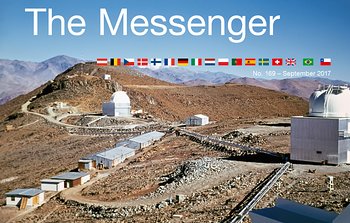
|
6 October 2017:
The latest edition of ESO's quarterly journal, The Messenger, is now available online. Find out the latest news from ESO on topics ranging from new instruments to the latest ...
|
| Read more |
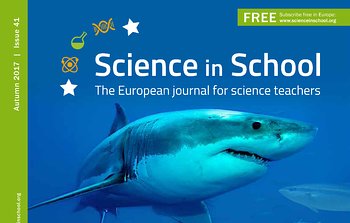
|
4 October 2017: The latest issue of the free magazine Science in School is now available online and in printed form. This European journal for science teachers offers up-to-date information on cutting-edge science ...
|
| Read more |
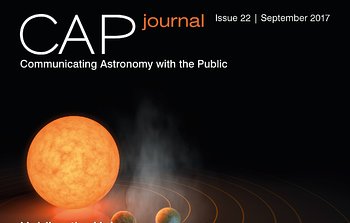
|
26 September 2017: The 22nd issue of the Communicating Astronomy with the Public journal is out now!
In this issue you will find articles exploring the value and challenges of communicating in venues ...
|
| Read more |
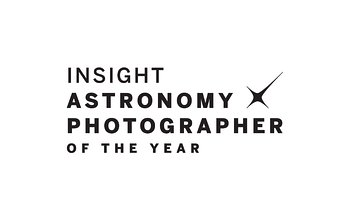
|
15 September 2017: At a ceremony on 14 September 2017 at the Royal Observatory Greenwich, UK, the winners of this year’s Insight Astronomy Photographer of the Year competition were announced. All of ...
|
| Read more |
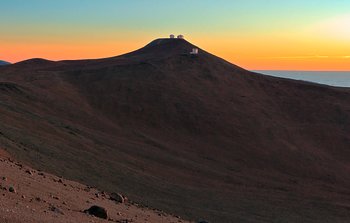
|
Author: Xavier Barcons
13 October 2017: In this instalment of the ESOblog, Director General Xavier Barcons discusses the ESO Member States and how their solid, long-lasting collaboration has driven ESO to become a world-leading astronomy organisation. ...
|
| Read more |
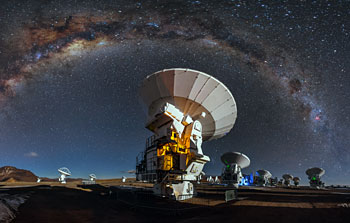
|
Interview with: Felipe de Oliveira Alves
6 October 2017: Star formation is a bit like baking a cake: you need the right ingredients and the right conditions. Finding the right ingredients is easy; nebulae are full of gas and ...
|
| Read more |
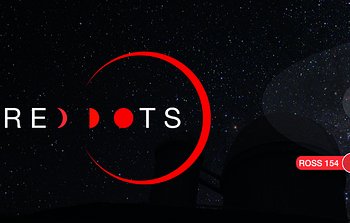
|
Interview with: Guillem Anglada-Escudé
29 September 2017: In January 2016, a pioneering outreach research campaign called Pale Red Dot was launched. It not only aimed to search for Earth-like exoplanets around Proxima Centauri, the closest star to ...
|
| Read more |

|
Interview with: Petr Horálek
22 September 2017: The skies above ESO’s sites in the Atacama Desert in Chile are among the darkest and most pristine in the world. Professional astronomers use ESO’s advanced instrumentation to seek answers ...
|
| Read more |
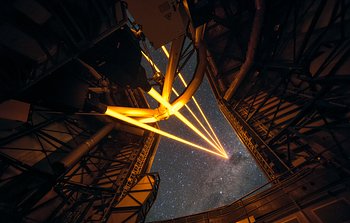
|
Interview with: Harald Kuntschner and Robin Arsenault
15 September 2017: If you’ve ever visited ESO’s website or checked our social media, you’ve probably seen an impressive picture of the Very Large Telescope at the Paranal Observatory, with four brilliant laser ...
|
| Read more |

|
16 October 2017: Astronomers using a fleet of ESO telescopes have observed a visible counterpart to gravitational waves for the first time: a kilonova from merging neutron stars.
|

|
12 October 2017: What are you made of? You’re made of matter, which is made of molecules, which are made of atoms. But where did those atoms come from? The ones in you! ...
|

|
2 October 2017: Astronomers found the molecule Freon-40, which is made by biological processes on Earth, in places which predate life... Watch this episode to find out more!
|

|
2 October 2017: ESOcast 130 describes why astronomers are so keen to exploit ALMA’s enormous size and power, and how its state of the art technology is leading to observations of groundbreaking precision ...
|

|
27 September 2017: The spectacular planetary nebula NGC 7009, or the Saturn Nebula, emerges from the darkness like a series of oddly-shaped bubbles, lit up in glorious pinks and blues.
|

|
25 September 2017: ESOcast 128 describes how astronomers look at the Universe and why astronomers need ALMA, the largest ground-based facility for observing radio waves, in order to understand phenomena in some of ...
|

|
20 September 2017: Astronomers have used ALMA to capture a strikingly beautiful view of a delicate bubble of expelled material around the exotic red star U Antliae. These observations will help astronomers to ...
|
| View and/or download |

|
13 September 2017: Astronomers using ESO’s Very Large Telescope have detected titanium oxide in an exoplanet atmosphere for the first time. This discovery around the hot-Jupiter planet WASP-19b exploited the power of the ...
|